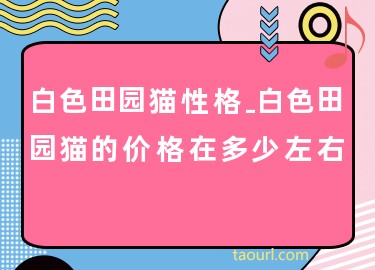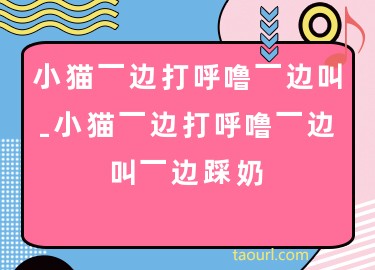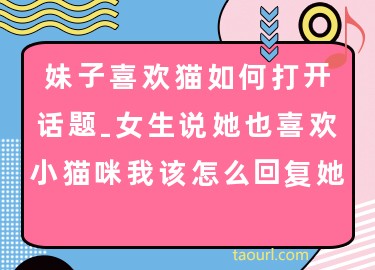As an ornamental fish, Koi fish is one of the most popular species kept by fish enthusiasts worldwide. To maintain the health and well-being of Koi fish, the water quality in the aquarium must be optimal. Proper water quality is key to promoting good health and longevity for the Koi fish. In this article, we will explore how to adjust the water quality in a Koi fish tank and how to maintain proper water quality.
Water Quality Parameters
To achieve good water quality in a Koi fish aquarium, it is important to understand the different parameters that affect the water quality. The key parameters are pH levels, ammonia, nitrite, nitrates, and water hardness.
pH levels: Koi fish require a pH range of 7.0 to 8.5. Fluctuations in pH levels can cause stress on the fish, which can lead to illness and death. Ideally, the pH level should be monitored and maintained regularly to ensure that it remains within the optimal range.
Ammonia: Ammonia is a toxin that is produced from fish waste and uneaten food. High levels of ammonia can cause stress and even death in Koi fish. It is essential to monitor the ammonia levels regularly and take necessary actions to maintain them within the safe range of 0 to 0.25 ppm.
Nitrite: Nitrite is another toxin that is produced from the breakdown of ammonia by beneficial bacteria in the tank. High levels of nitrite can also cause stress and illness in Koi fish. The safe range for nitrite levels is 0 to 0.5 ppm.
Nitrates: Nitrates are produced from the breakdown of nitrite by beneficial bacteria in the tank. High levels of nitrates can cause stress and illness in Koi fish. It is essential to monitor the nitrates levels regularly and take the necessary actions to maintain them within the safe range of 0 to 40 ppm.
Water hardness: Koi fish require a water hardness range of 50 to 150 ppm. Hard water with high mineral content may cause issues with gill function, while soft water can cause osmoregulation issues.
Adjusting Water Quality
There are several ways to adjust water quality in a Koi fish aquarium. The following are some of the most effective methods:
Filtration: A good filtration system is essential for maintaining optimal water quality in a Koi fish aquarium. Filtration helps remove excess waste, debris, and toxins from the water. Consider investing in a high-quality filtration system that is suitable for your aquarium size and stocking level.
Water changes: Regular water changes can help remove toxins and waste from the aquarium. It is advised to carry out a 10 to 20% water change every week to maintain optimal water quality.
Testing water: Testing water for ammonia, nitrite, and nitrate levels regularly is critical for detecting and correcting any water quality issues. You can use an aquarium test kit to check the water parameters and take appropriate actions based on the results.
Adjusting pH levels: To adjust pH levels, you can use a pH-balancing solution or buffer. The buffer helps stabilize the pH level within the optimal range for Koi fish.
Adjusting water hardness: You can adjust the water hardness by adding or reducing minerals, such as calcium or magnesium, to the water. You can also purchase a water softener system to lower the water hardness level.
Maintaining Water Quality
Once you have achieved optimal water quality in your Koi fish aquarium, it is essential to maintain it regularly. The following are some tips to help maintain good water quality:
Feed the right amounts: Overfeeding can lead to excess waste, which can negatively impact water quality. Feed your Koi fish the right amount of food, based on their size and feeding habits.
Clean the aquarium regularly: Regular cleaning of the aquarium, including the substrate and decorations, can help maintain optimal water quality.
Test water regularly: Testing water regularly for ammonia, nitrite, and nitrate levels is crucial to maintaining good water quality. Test the water weekly to detect any issues and take the appropriate actions to correct them.
Monitor fish behavior: Keep an eye on your Koi fish's behavior. If you notice any unusual signs, such as lethargy, loss of appetite, or abnormal swimming patterns, it may indicate water quality issues. Take immediate action to correct the problem.
Conclusion
Optimal water quality is essential for the health and well-being of Koi fish in an aquarium. Proper water quality can be achieved and maintained through regular monitoring and adjustments of pH levels, ammonia, nitrite, nitrates, and water hardness. By adhering to the tips outlined in this article, you can ensure that your Koi fish aquarium has optimal water quality, leading to healthy and happy fish.
推荐阅读
查看更多相似文章












